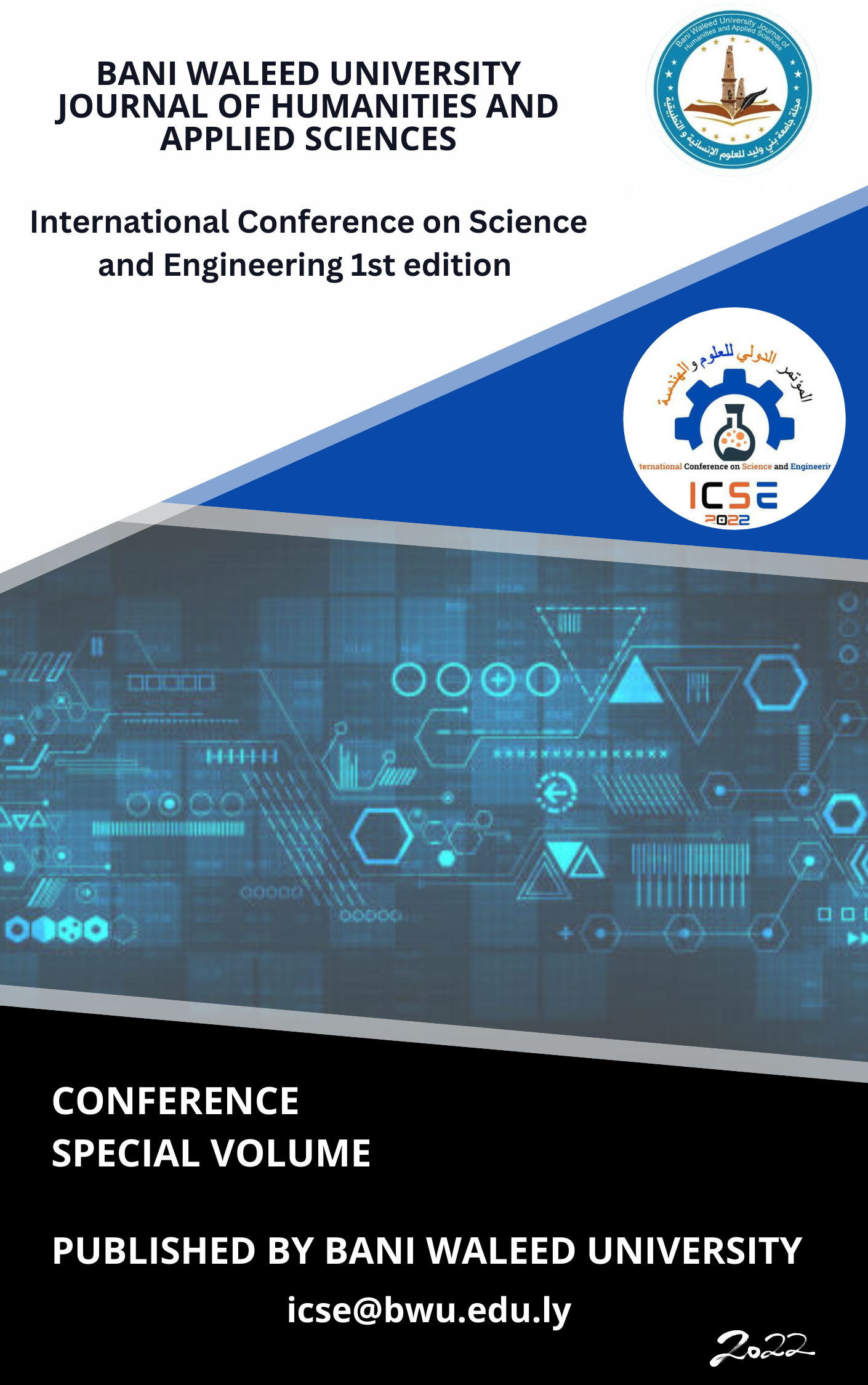A COMPARATIVE STUDY BETWEEN PIPESIM SIMULATION MODEL AND SOFTWARE APPROACH FOR ESP DESIGN
DOI:
https://doi.org/10.58916/jhas.v7i6.567الكلمات المفتاحية:
Sarir oilfield, ESP design, software, Pipesim, model, production rateالملخص
Abstract: This study considers the design of an electric submersible pumping (ESP) system, an analysis of the production system that is used to determine the potential of any well and a discussion of a case study of an oil well in Sarir oilfield for ESP design throughout the various parameters. Artificial well lifting will become increasingly important in the coming years. A large portion of the world's fields are entering their late life production; Sarir field is a mature field, with increasing water production and decreasing reservoir pressure. The operator company has used electrical submersible pumps (ESPs) to assist struggling wells in order to increase production and extend the life of the field. The main objective of this study is determining how to design the most ideal ESP systems that can extend the life of the systems, given that the installation cost of ESP is very high. So, the majority of this work was done by hand calculations and run in production software approach and Pipesim simulation model, which involved manipulating both modeling the subjected wells and a series of simple detailed calculations to find the most efficient and optimum ESP equipment. The procedure path is titled: designing the ESP pump, motor, cable, and determining surface voltage. According to the study's findings, the design of ESP varies depending on various parameters from well to well. However, the obtained results exhibit of manual calculation and software approach are close to results of Pipesim simulation model. Based on this research, it is possible to conclude that the REDA D800N pump is the best submersible pump for Well C-349H-65, with a pump efficiency of approximately 62 %; from the designing this well can return to produce at desired flow rate 580 STB/Day.
التنزيلات
المراجع
Matthew, A., “Artificial Lift Systems” Artificial Lift Methods and Surface Operations PGE 482 Lecture Note, 2013.
Clegg, J. D., Bucaram, S. M. and Hein, N. M., Jr.: “Recommendations and Comparisons for Selecting Artificial-Lift Methods.” JPT, December 1993, 1128–67.
Brown, K.E., “The Technology of Artificial Lift Methods”, Vol. 2b, Penn Well Publishing Company, Tulsa, Oklahoma, 1980.
Brown, K.E., “The Technology of Artificial Lift Methods”, Vol. 4, Penn Well Publishing Company, Tulsa, Oklahoma, 1984.
Gabor Takacs, “Electrical submersible pump manual: design, operations, and maintenance”, published by Elsevier Inc., 2018.
Arabian Gulf Oil Company: Sarir Field Data base and History File.
AGOCO, Sarir 3D Seismic Interpretation Areas 1 and 3 Final Report (Preliminary Draft) - Reply to Geo Quest Comments from Sarir Reservoir Engineering Group, 1998.
Guo B and et al, " Petroleum Production Engineering, A Computer-Assisted Approach Publisher: Elsevier Science & Technology Books, 2007.
Schlumberger, (2017). Pipesim.
https://www.software.slb.com/products/pipesim.
Schlumberger, (2017). PIPESIM user Manual.








